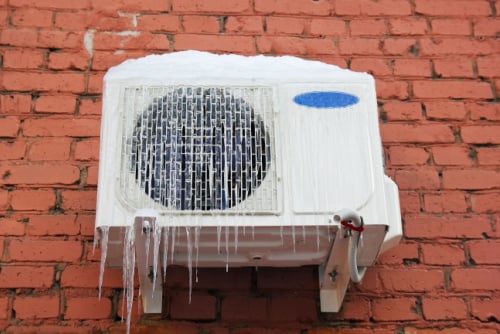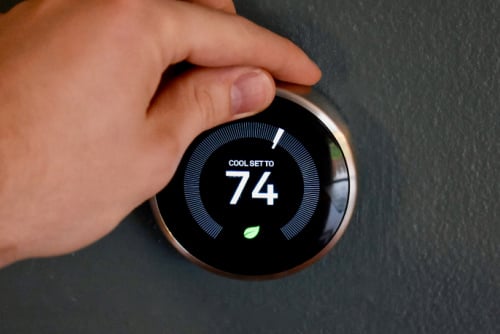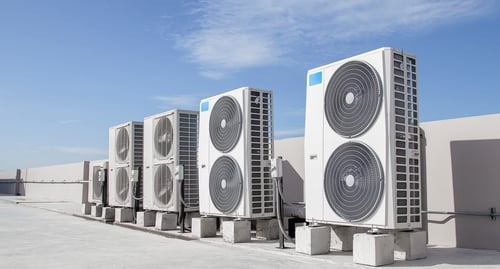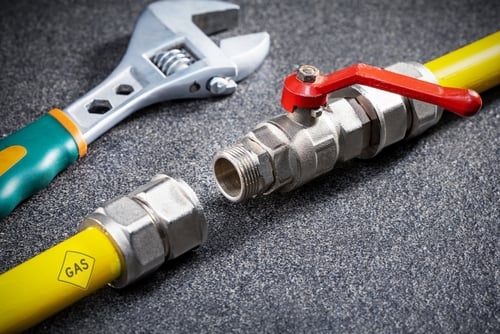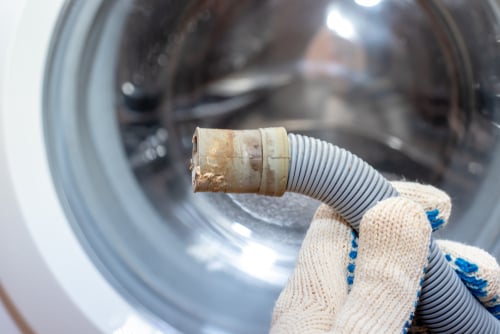You’re relaxing in your favorite armchair, reading a cozy mystery novel, when it happens again: the power shuts off, leaving you in pitch black. It’s frustrating when your circuit breaker keeps tripping, but discovering the reasons behind it can help illuminate why you’re being left in the dark.
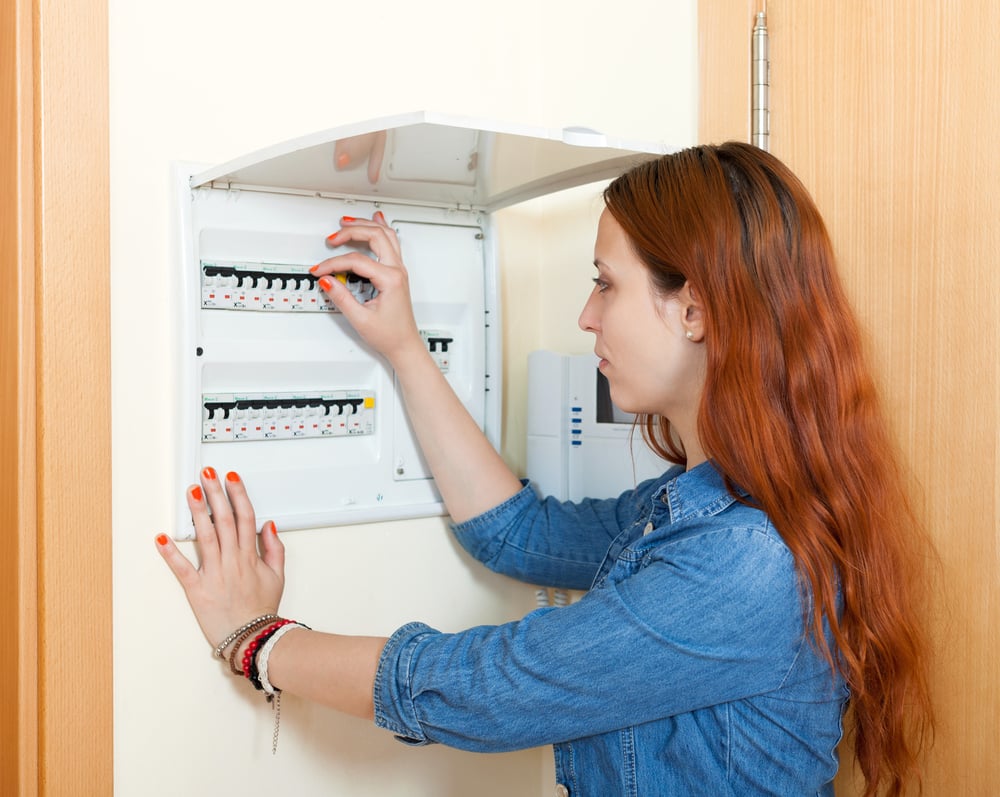
Are you tired of having to go down to your basement to flip your circuit breakers?
If your circuits keep tripping, it’s a sign you’re overloading the circuit. Or, you may have loose or corroded wires or connections. Some simple fixes include:
- Disconnecting something, like a space heater, a window unit or another device that draws a lot of power, from the circuit to decrease the load.
- Turn off all light switches and unhook anything plugged into this circuit before turning the breaker back on, then start introducing the loads one at a time until you find the problem.
What is a Circuit Breaker?
Your circuit breakers protect your home from electrical issues by cutting off the flow of electricity through a circuit whenever the electrical current gets too high and unsafe. Without circuit breakers, electrical fires, shocks, and other forms of damage and injury would occur much more often.
Before we get into the nitty-gritty of how a circuit breaker works, it’s important to understand how electricity works. Electricity is the name we give the movement of electrical charge from one atom to another. We use electricity as a secondary energy source that comes from a primary energy source like natural gas, coal, or even solar. Electricity is composed of three main qualities: voltage, current, and resistance.
Electrical voltage is the amount of pressure that it takes to make the electric charge move through the conductor. It flows at the rate of current. Resistance occurs when the electric current interacts with the conductor. Different kinds of conductors offer different levels of resistance, which is why some materials conduct electricity better than others. Remember the potato battery experiment you might have done in grade school? The potato helps conduct electricity by acting as a bridge between two metals.
You probably won’t be finding any potatoes in your home’s wiring system, though. The wiring in your house will usually be composed of three different types of wires: a hot wire that conducts the electric current, a neutral wire, and a ground wire. (Hot wires are usually black, neutral wires are usually white, and ground wires are usually green.) Like ships in the night, the hot and neutral wires will typically never touch each other. The current passes through an appliance that creates a high level of resistance to the current; this process keeps the voltage at safe levels.
However, every so often, something can cause the hot and neutral wires to come into contact. When this happens, the resistance to the current is dramatically reduced, which can cause dangerous voltage and current levels—even a fire. When these voltage and current levels are higher than they should be, you’ll have a tripped circuit breaker. The trip cuts off electricity to the circuit until the issue can be resolved and safety restored.
How Do I Know if a Circuit Breaker Has Tripped?
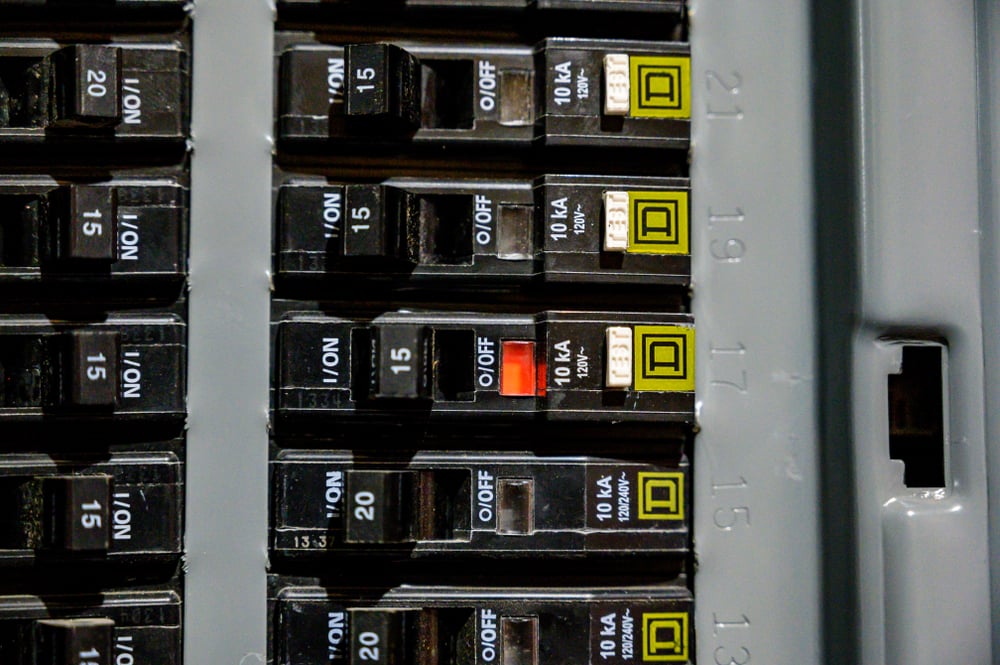
Usually, the greatest signifier of a tripped circuit breaker is power going off in a specific part of your house instead of throughout the house. You might also notice that multiple outlets in a single room—even a USB electrical outlet—have stopped working.
If your circuit breaker is tripping, check on your electrical circuits by going to your home’s electrical panel or fuse box. Make sure that you know where your electrical panel or fuse box is and that its opening is easily accessible and not blocked by furniture, boxes, books, or shelves.
If your circuit breaker and fuse aren’t accessible or labeled, it’s a good idea to take the time to figure out each switch or fuse and the area it controls. Then, when a circuit or fuse trips or blows, you’ll know exactly which one it is. For areas that might have two breakers or fuses, such as the kitchen, you should carefully label which part of the kitchen each of the two switches controls. Doing so will save you time and energy whenever your circuit breaker trips randomly.
If a circuit breaker trips due to exceeding its maximum amperage, its switch handle will have moved between the “on” and “off” positions. You may see a red area indicating that the circuit breaker has tripped. However, it depends on your electrical panel. For some panels, the trip only causes a minimal movement of the handle; in that case, you’ll need to look closely at the switches to figure out which one has tripped.
How Do You Reset a Tripped Circuit Breaker?
To reset your circuit breaker, turn off the breaker by moving the switch or handle to the “off” position. Then, turn it back on. For safety, it’s a good idea to stand back from, or to the side of, the panel, just in case any sparks come from the breaker when it’s moved. You might even consider wearing safety goggles to protect your eyes.
It's best to prepare for a power outage ahead of time. Remember to keep a flashlight and batteries near the electrical panel to help illuminate the area if the power is off (and if you can’t use the flashlight on your cell phone to preserve its battery). Wait a few minutes after resetting the circuit breaker before unplugging and plugging in your various appliances to try and figure out what specifically overloaded the circuit or caused the trip.
What is a Circuit Overload?
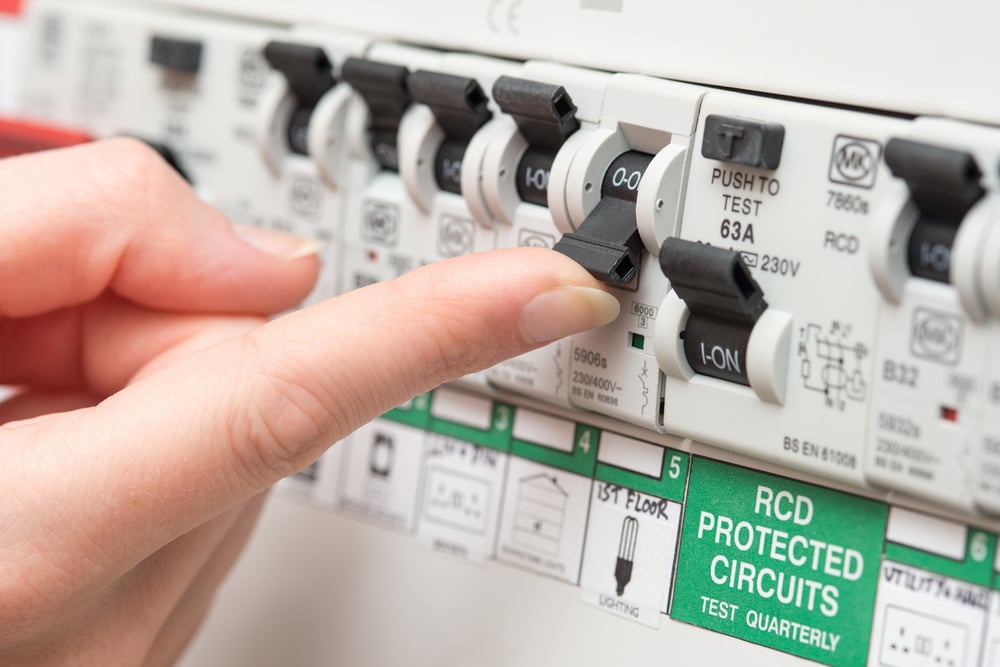
Now, let’s get back to why your circuit breaker keeps tripping. A circuit becomes overloaded when you try to use more electricity than the circuit is made for. If an electrical wire/circuit receives more amperage than it’s intended to handle, it will likely overload. Another cause is loose or corroded wires or connections.
Usually, though, an overloaded circuit happens when too many items are plugged into the circuit. For example, if your hair straightener keeps causing a circuit overload and tripping the circuit breaker every time you try to tame your curls, it might be because you have it plugged into the same circuit as other large appliances; the circuit may not have enough amperage to offer.
If you suspect that your breaker keeps tripping because it is overloaded, try these tips:
- Disconnect something from the circuit and use another circuit for your electrical power needs instead.
- Alternatively, after resetting the breaker and letting it rest for a few minutes, try turning on or plugging in items one at a time. If it overloads again, it’s likely that your appliance keeps tripping the circuit breaker and that the last thing plugged in is the culprit.
- If your outlet keeps tripping the breaker and overloads continue to happen in your home on a regular basis, you may need to install a new dedicated circuit and outlet for the area to handle the amperage load.
To help prevent circuit overloads, try putting large appliances and home systems like your HVAC, washer and dryer, and dishwasher on their own dedicated circuits.
What is a Short Circuit?
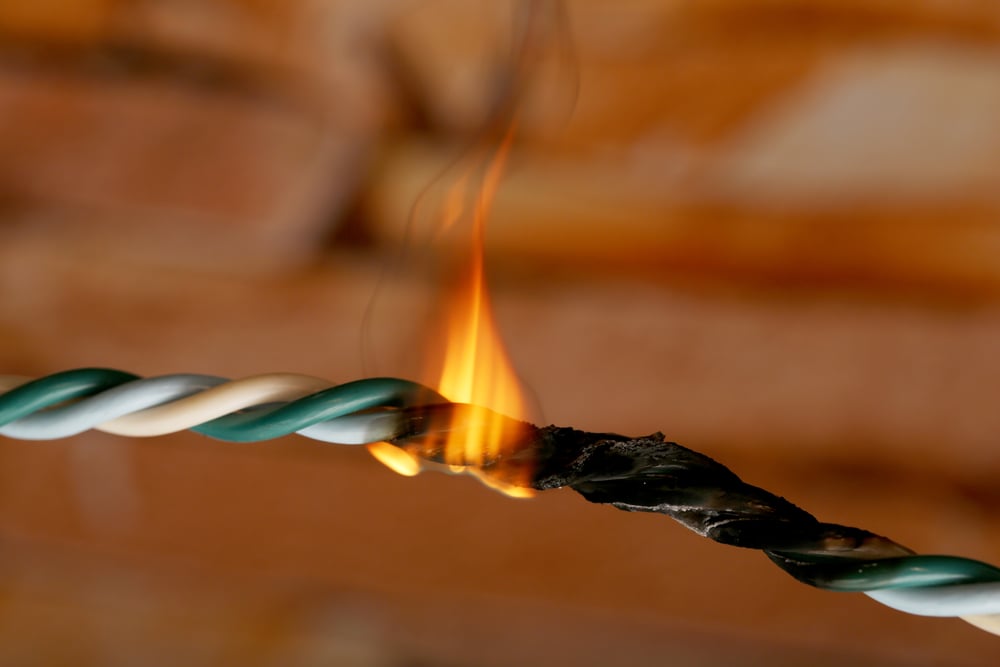
A short circuit occurs when a hot or active electrical wire and a neutral wire touch. This meeting of the wires causes a large amount of current to flow and overload the circuit. A short circuit should always cause a breaker to trip or a fuse to blow. It might also cause sparks, popping sounds, and possibly some smoke. A short circuit may also be caused by issues like:
- Loose connections
- A slipped wire
- Damage caused by animals chewing on wires (if you see mouse or rat bites on your wires, you might be in danger of experiencing a short circuit)
- A faulty electrical switch, receptacle, fixture, appliance, plug, or cord
Short circuits can be especially unsafe because they cause high temperatures from the current flow. This can pose a fire hazard, so proceed with caution if you think your home has this issue. Don’t hesitate to use the Frontdoor App to video chat with one of our electrical Experts today!
What is a Ground Fault?
A ground fault can happen when a hot or active wire contacts the ground wire. The ground wire is a grounded portion of the junction box or a grounded area of an appliance. When a hot wire and a ground wire make contact, large amounts of current go through the circuit breaker, which will often cause the circuit breaker to trip.
Ground faults usually take place when equipment is damaged or defective. They can pose a real danger since live electrical parts may be exposed, leading to accidental contact and potentially a nasty shock. Ground fault shocks can happen if you touch the hot side of the electrical circuit while wet. This means that the danger is much more pronounced in kitchens, bathrooms, and outdoor spaces, where the floor is more likely to be damp.
These areas of the home are required by the National Electrical Code to be protected by ground-fault circuit interrupters (GFCI) to prevent electrical shocks and fires. You may need to reset GFCI outlets after a ground fault.
How Can I Tell if a Circuit Breaker Has Gone Bad?
Like anything else in your home, your circuit breaker can go bad. Warning signs of a bad circuit breaker include:
- A breaker that keeps tripping after reset
- A burning smell in the electrical box
- A circuit breaker that is hot to the touch
- A circuit breaker tripping frequently
- Signs of damage to a breaker, like scorch marks
- Old age, or if your electrical panel hasn’t been serviced in the last 10 years
Safety Tips
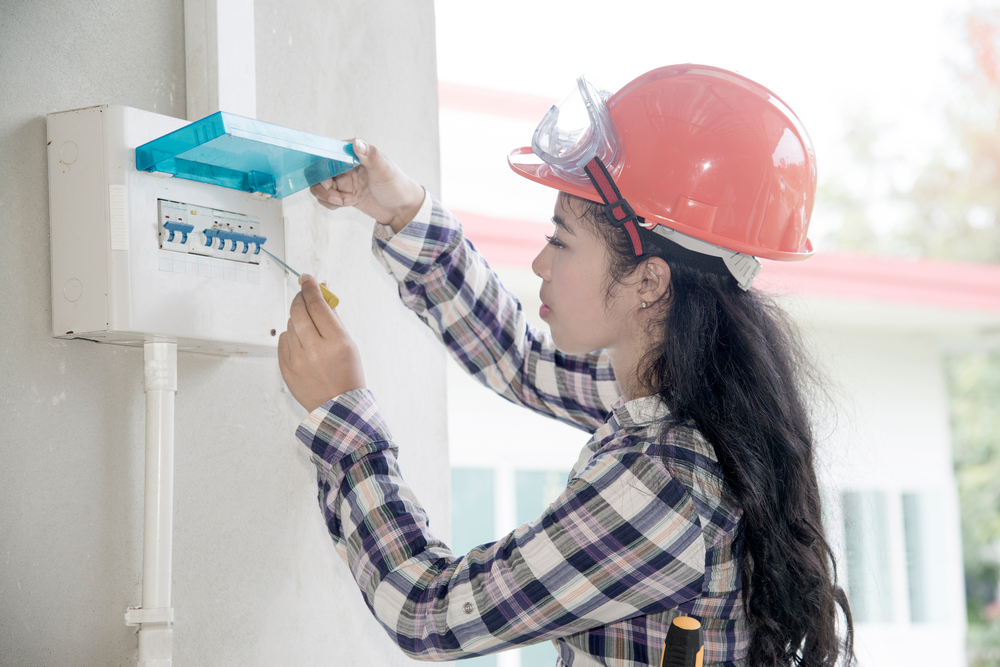
In general, when troubleshooting or dealing with home electrical repairs, you should follow these electrical safety tips:
- Never repair electrical cords or equipment unless qualified and authorized.
- Have a qualified electrician inspect electrical equipment that has gotten wet before energizing it.
- If working in damp locations, inspect electric cords and equipment to ensure that they are in good condition and free of defects, and use a GFCI.
- Always use caution when working near electricity.
It may be a good idea to call a Pro to help fix a breaker that keeps tripping. An electrician can test for short circuits, overloaded circuits, and ground faults and safely fix them. A Pro will also be better equipped to service your electrical panel and replace any breakers that are undersized, damaged, aging, or otherwise about to fail.
How to Reset GFCI Outlets
You’ve probably noticed that some rooms in your home, like the bathroom, garage, or kitchen, have slightly different outlets than other rooms in your house. They have buttons on them that say TEST and RESET. These are ground fault circuit interrupter (GFCI) outlets.
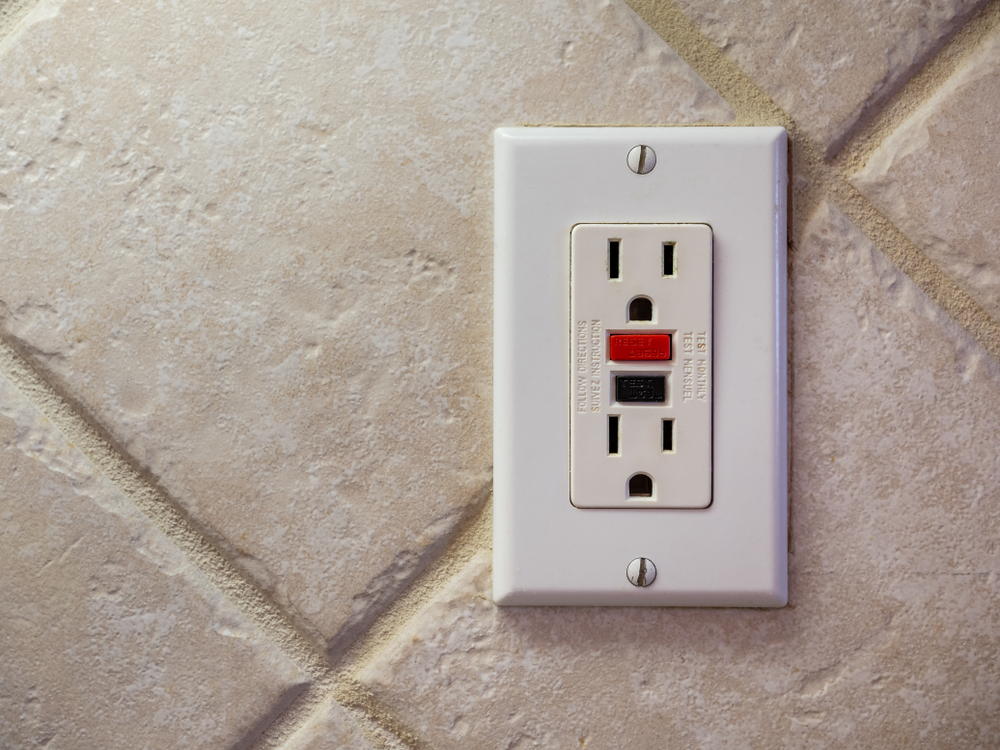
Since they were introduced decades ago, in the 1970s, rates of accidental electrical injury have fallen drastically. But when these outlets trip, it can be a real nuisance. Fortunately, it’s usually easy to reset them.
What Is A GFCI Outlet?
GFCI outlets have a safety feature that prevents damaged wiring or appliances from causing fires or electrical shocks. These outlets monitor the electrical current for changes that could indicate the potential for injury or worse. If something interrupts the circuit -- like, for example, an appliance that is plugged into a GFCI outlet and dropped into a bathtub brimming with water -- the GFCI detects the change in outgoing current and automatically cuts the current.That interruption protects you from getting an electric shock.
How To Reset A Tripped GFCI Outlet
When a GFCI outlet is not working, chances are it was tripped. There are several reasons a GFCI outlet might trip, including an internal short in the appliance you’re using, moisture in the GFCI outlet itself, dust or debris in the outlet or around the plug, or worn insulation on the plug.
First, unplug the appliance you were using and any other appliances plugged into the same circuit as the GFCI. To reset a GFCI outlet, look carefully at the two little buttons on the front of the outlet. Press the one that says RESET. Usually, the RESET button is red, while the TEST button is black. If your GFCI outlet is older, the lettering and coloring may have worn down, and the TEST and RESET buttons may be difficult to distinguish from one another. If this is the case, you may want to replace the GFCI outlet.
You should hear a click when you press the RESET button, and your appliance should start working again. If the GFCI outlet keeps tripping, you may be overloading the circuit with too many appliances, or you may have a faulty appliance. Unplug everything from the circuit and plug the appliances back in one at a time to see which one is responsible for repeatedly tripping your GFCI. If you are using extension cords on the circuit, you may need to plug things directly into the wall outlet to avoid overloading the circuit. If you need more outlets in your home, a local electrician from the Candu Pro Network can install them for you.
What To Do When Your GFCI Outlet Won’t Reset
If your GFCI outlet won’t reset, you should first check the breaker box to make sure you haven’t tripped the breaker for that circuit. Reset it if necessary. If it still won't reset, it may have moisture in it. Dry it with a hair dryer. When it’s thoroughly dry, try resetting it again.
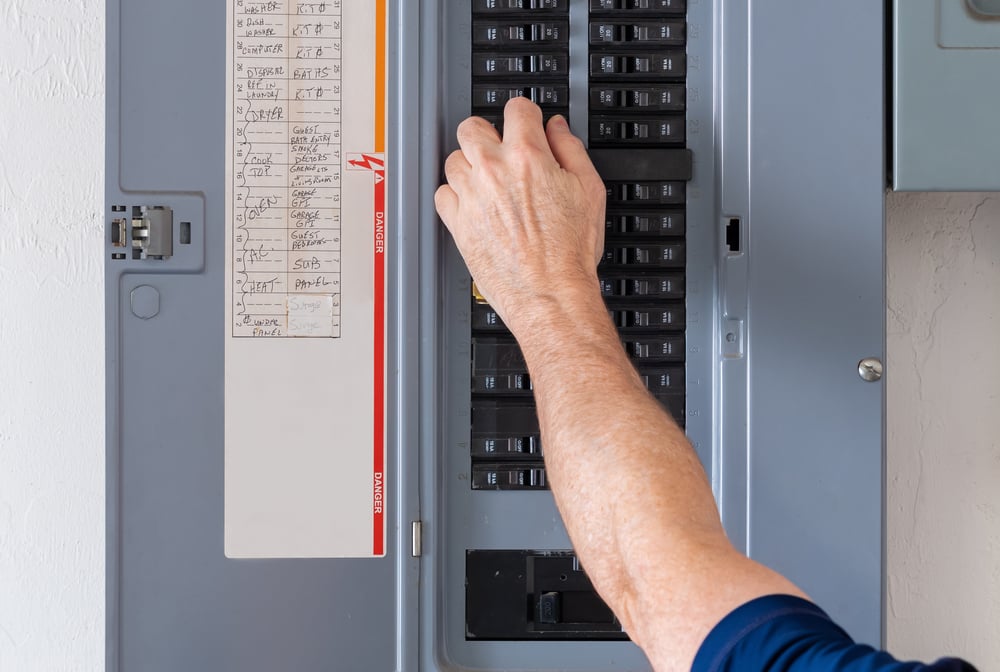
DIY tips are for informational purposes only. Please be sure to take the appropriate safety precautions and ensure your project complies with any applicable federal, state, or local laws and regulations.
Ready to take the next step in home ownership? Frontdoor® offers a variety of ways to get things done. Whether you prefer connecting via video chat with trade industry Experts, receiving a list of vetted Pros for repairs, or utilizing our how-to library to DIY, we've got you covered.
With the Frontdoor App, completing tasks has never been easier, so why wait? Open the Frontdoor and start taking control of your home repairs. Download the app today!
Frontdoor assumes no responsibility, and specifically disclaims all liability, for your use of any and all information contained herein.
Was this article helpful?

